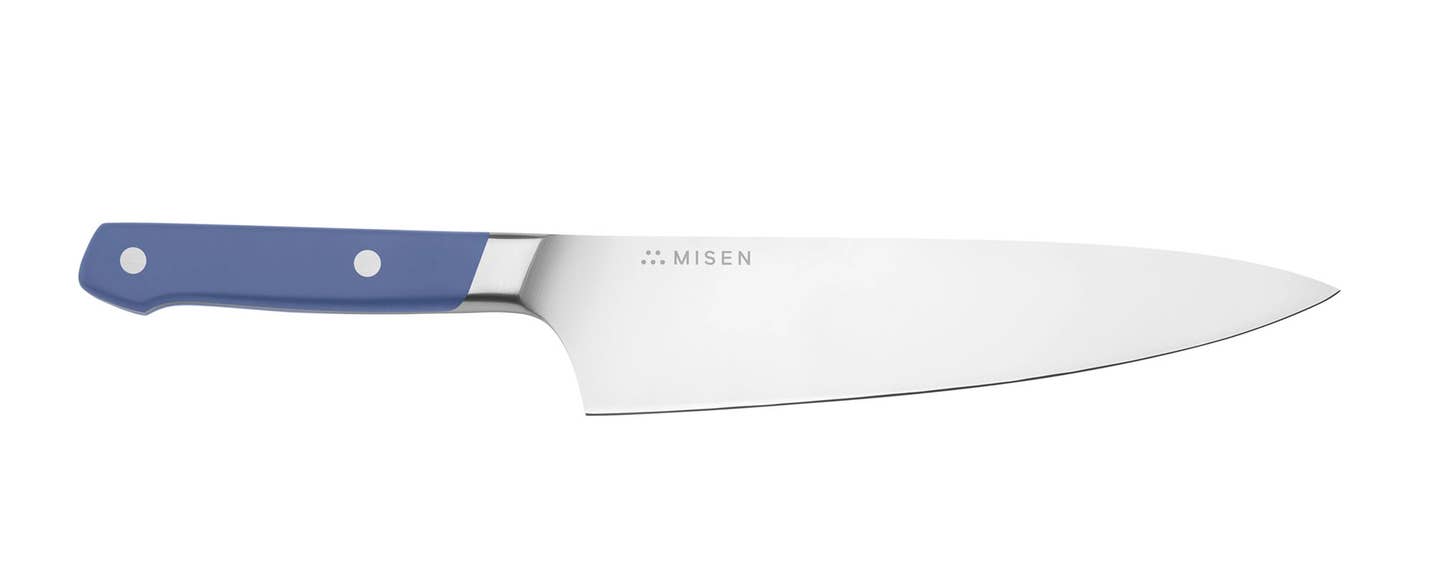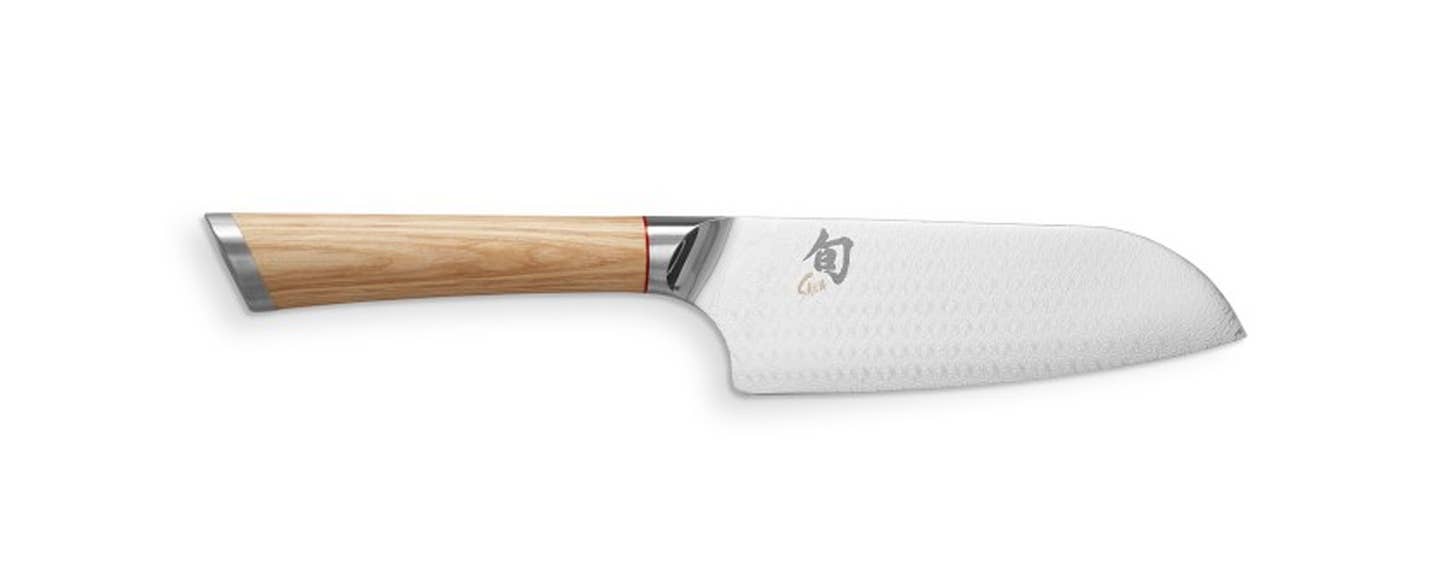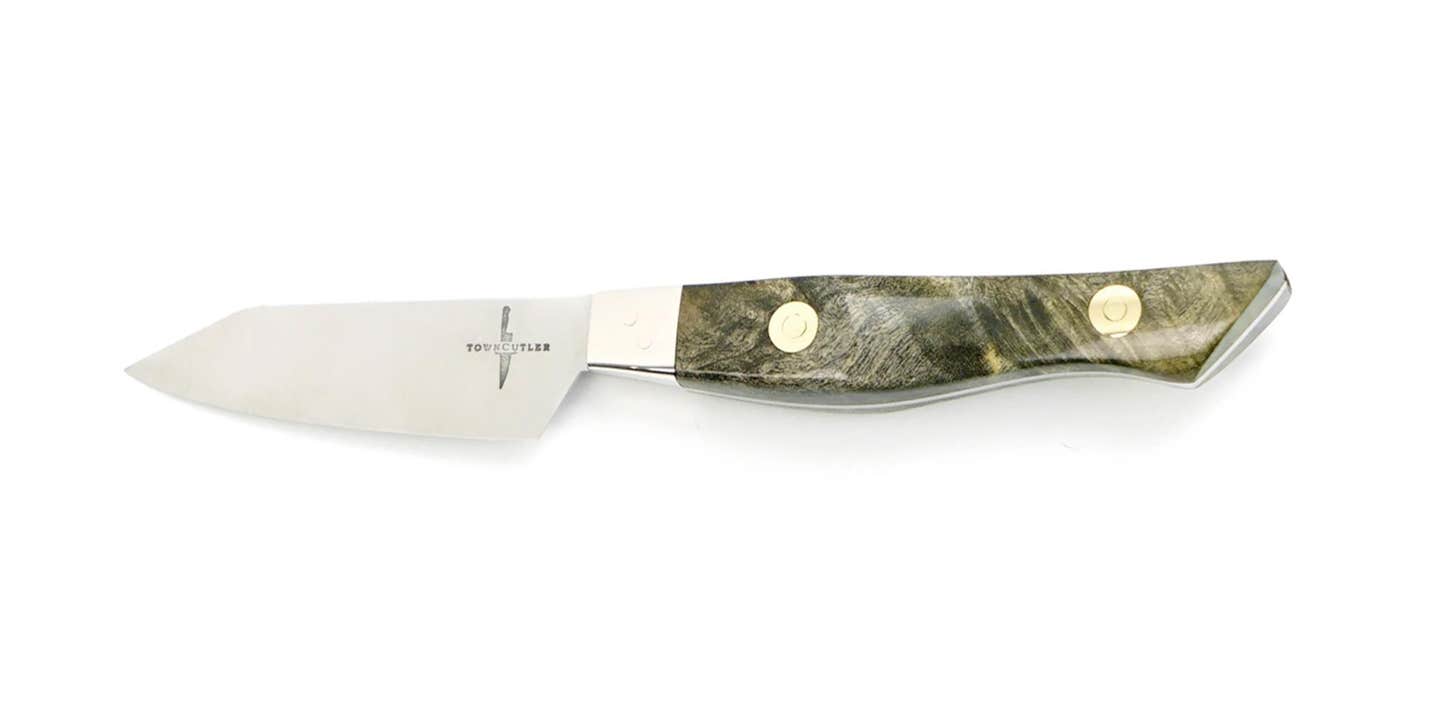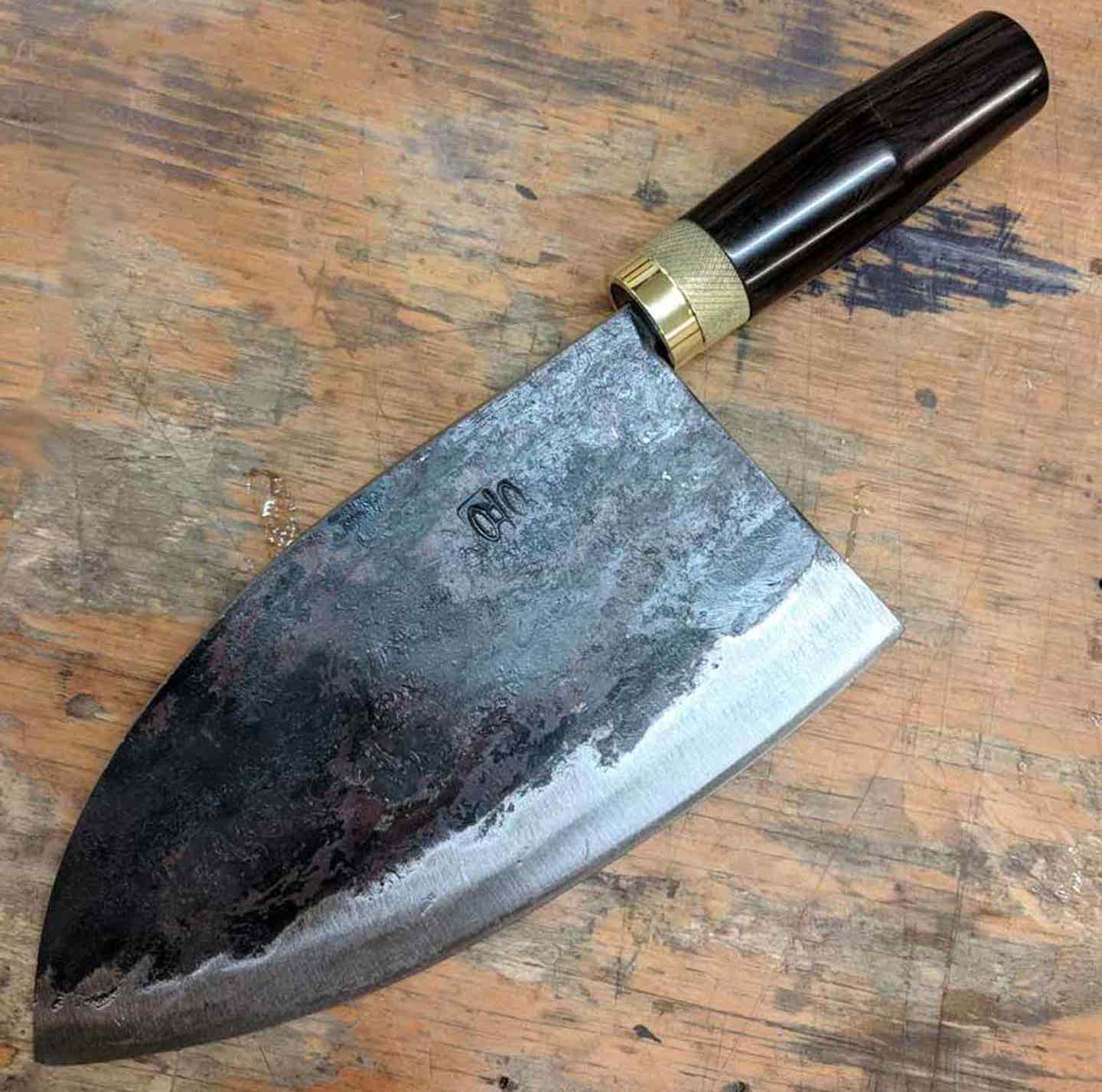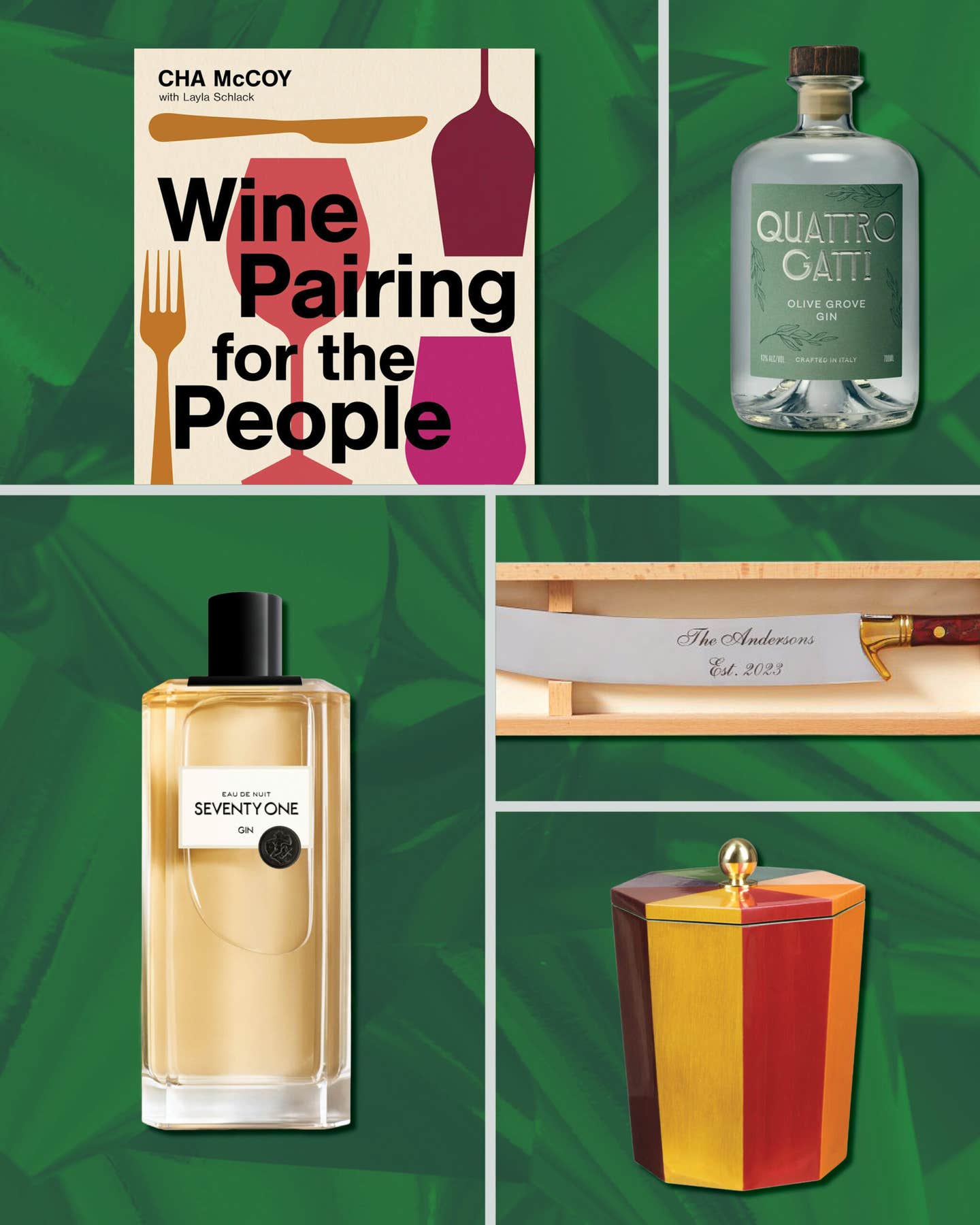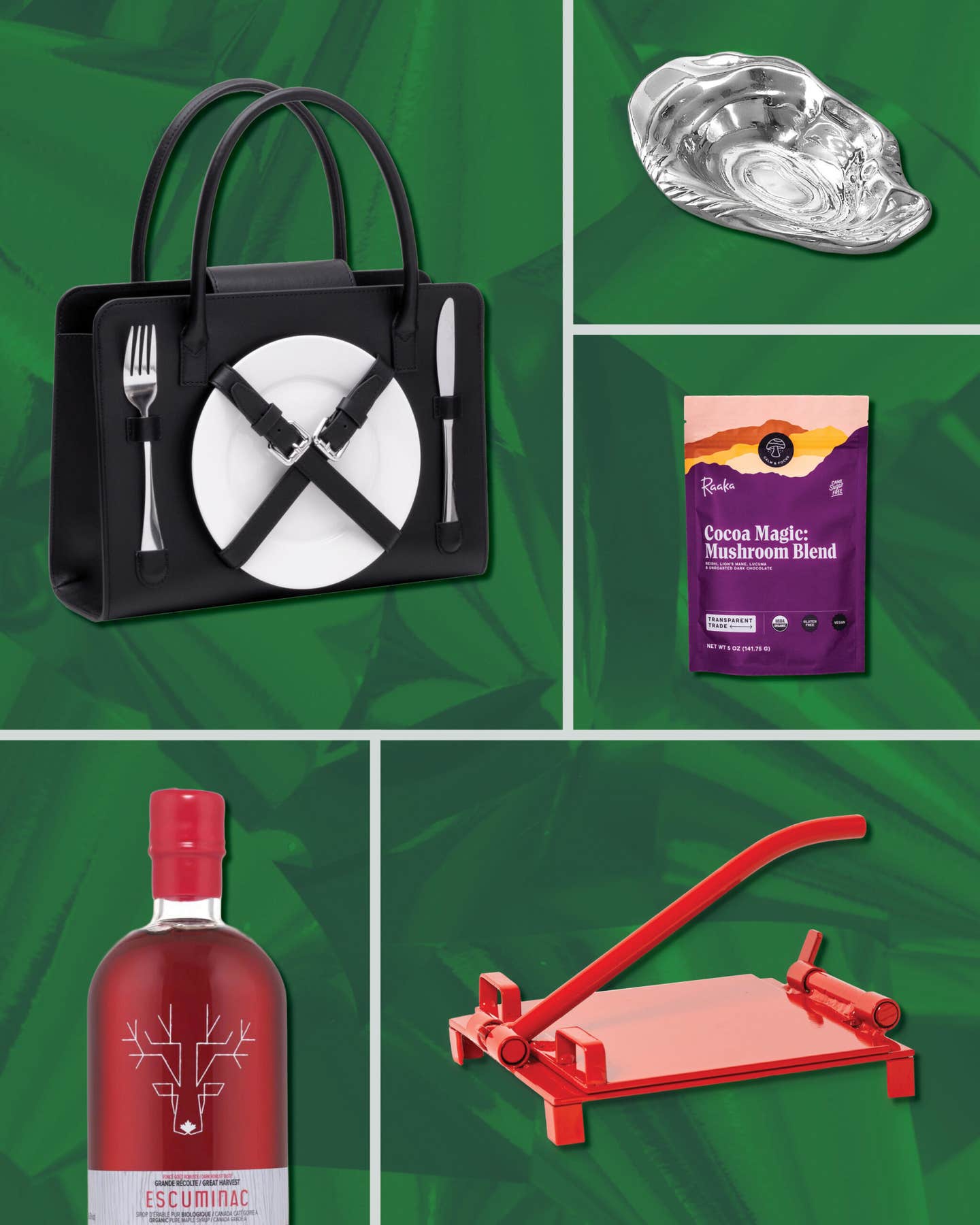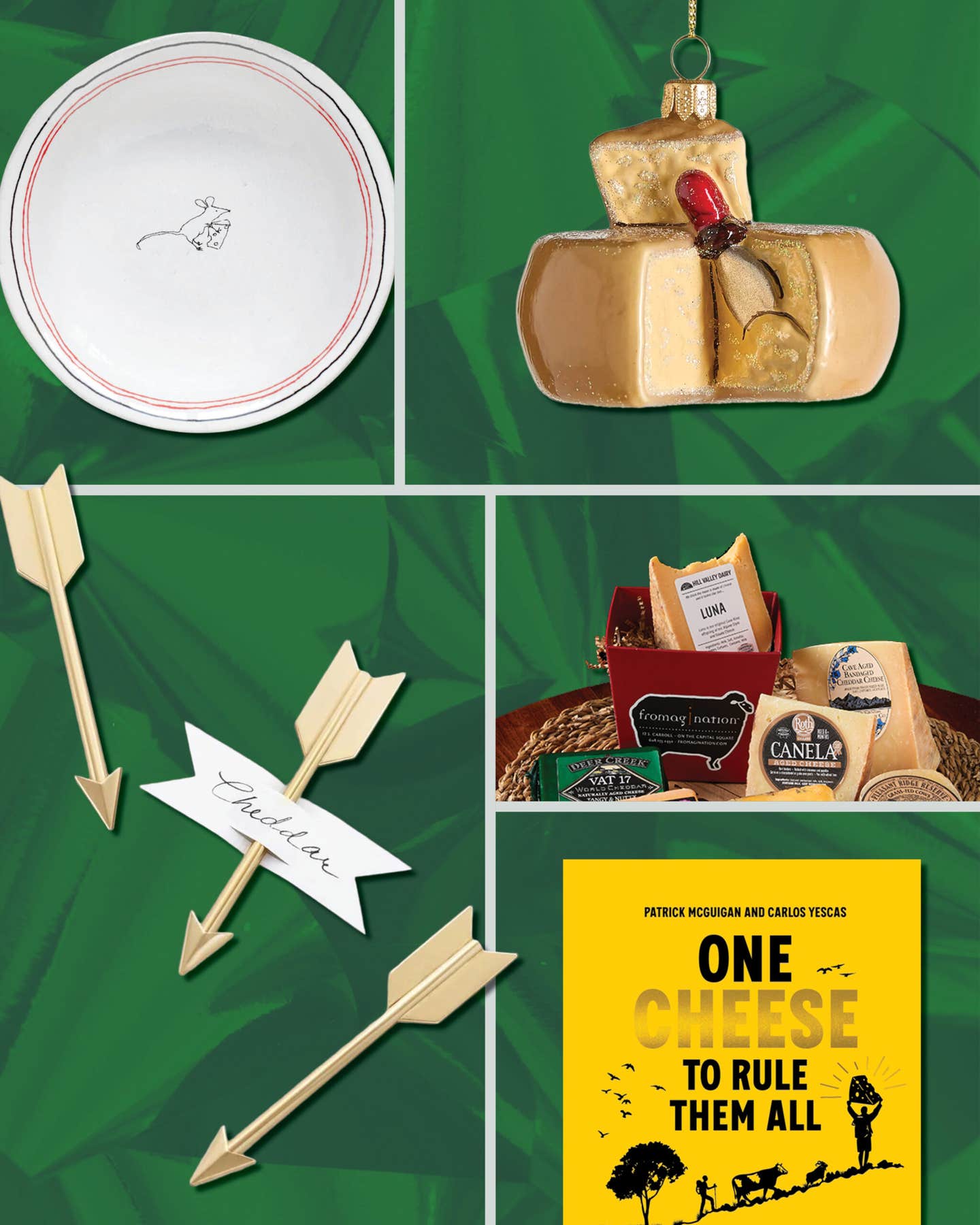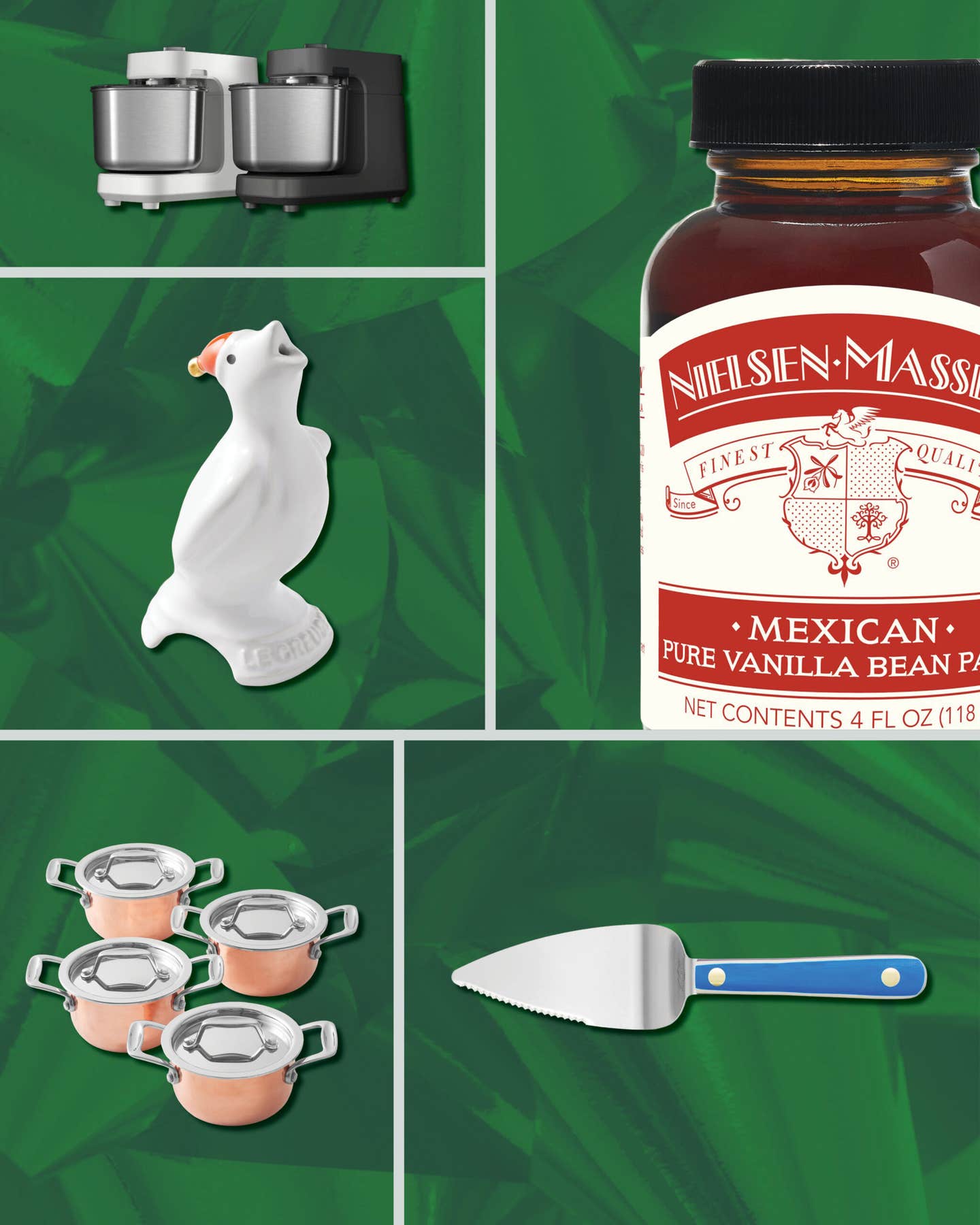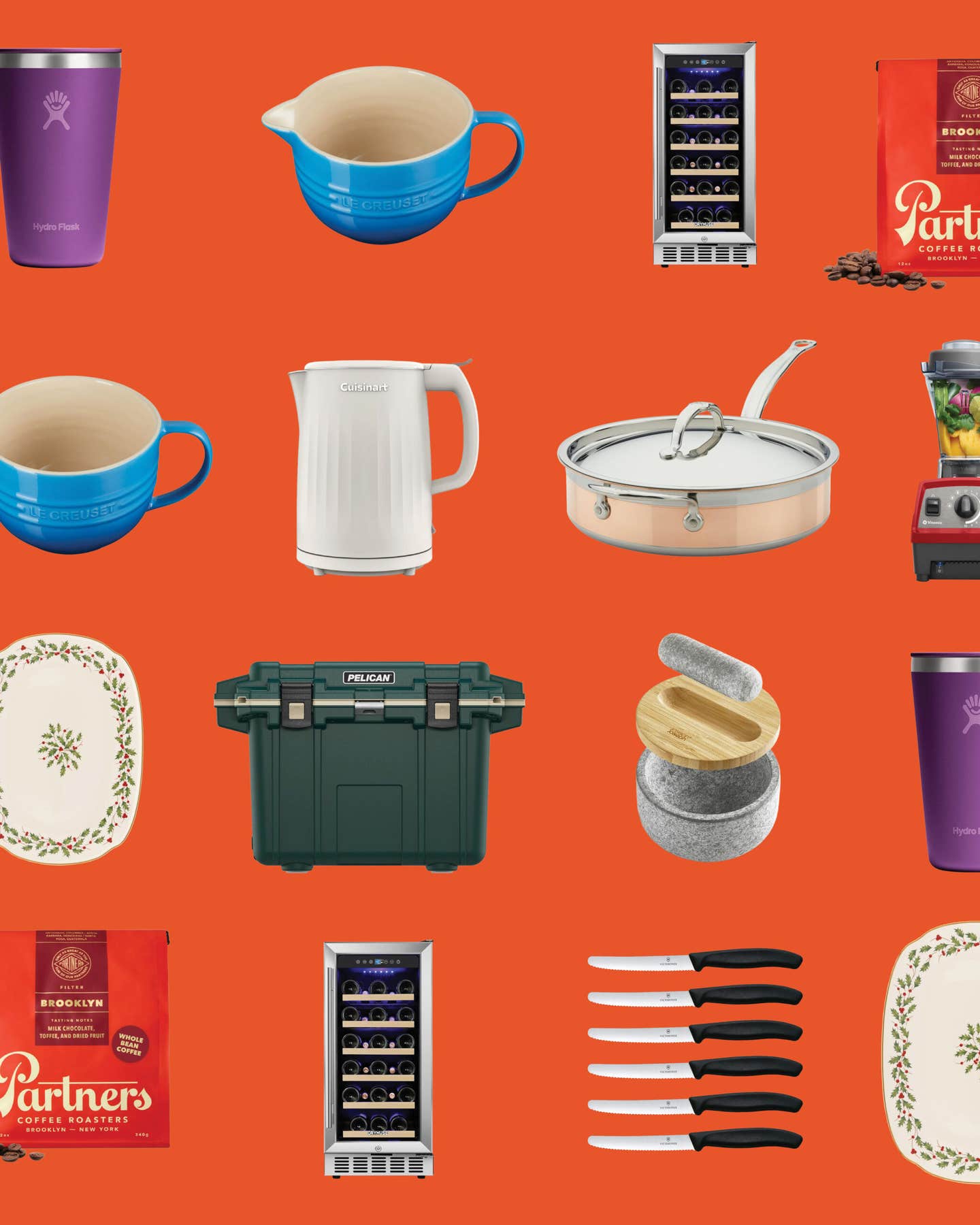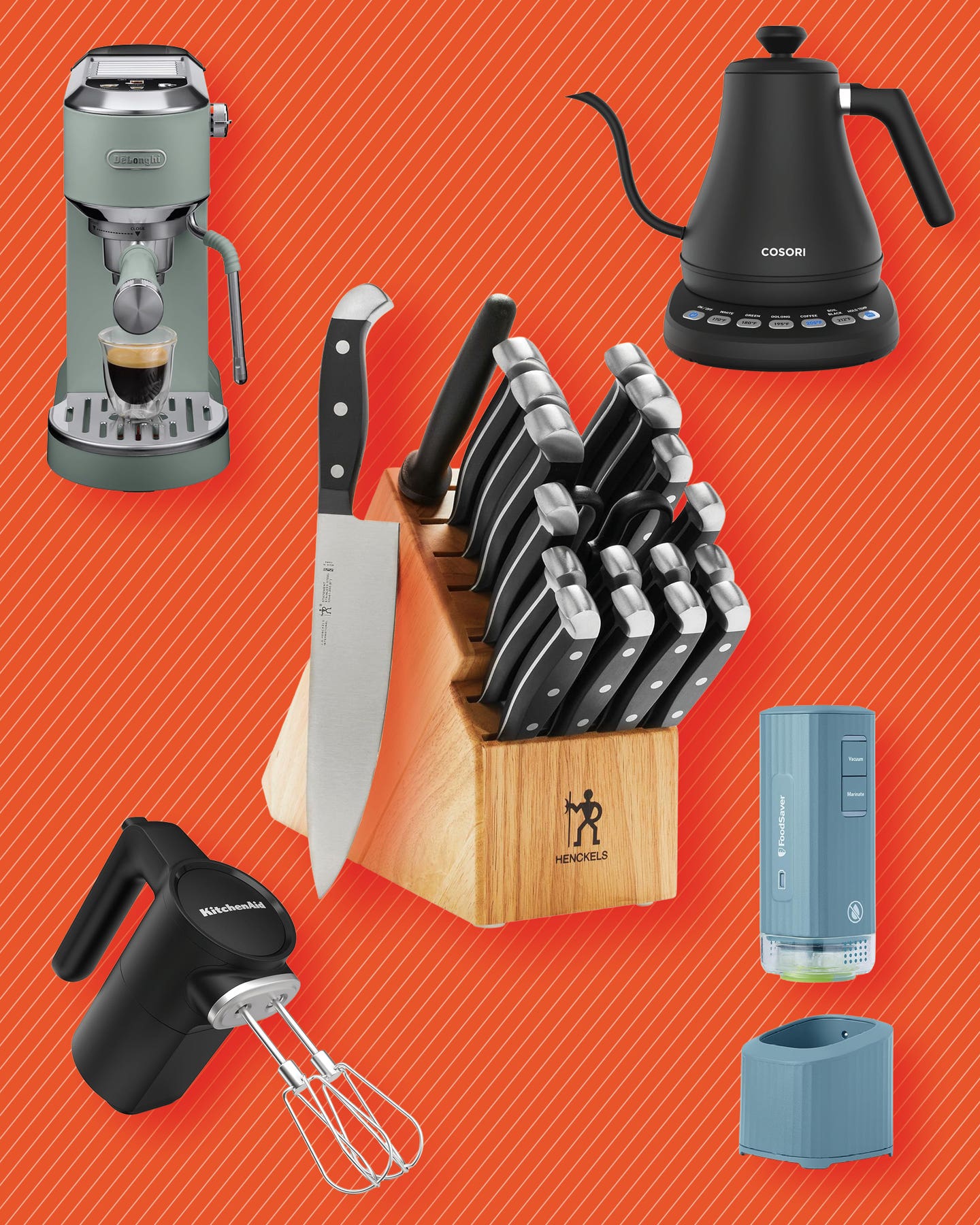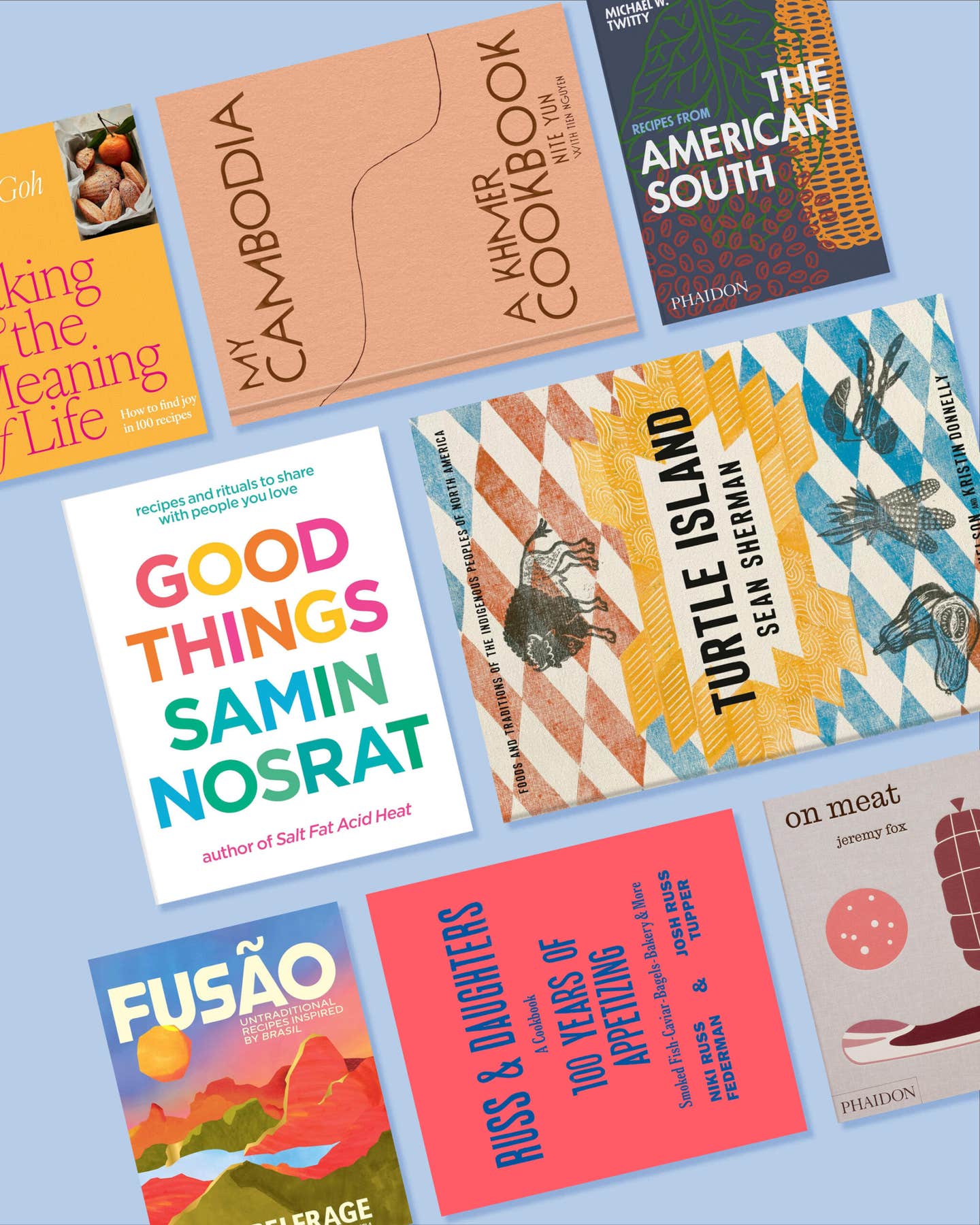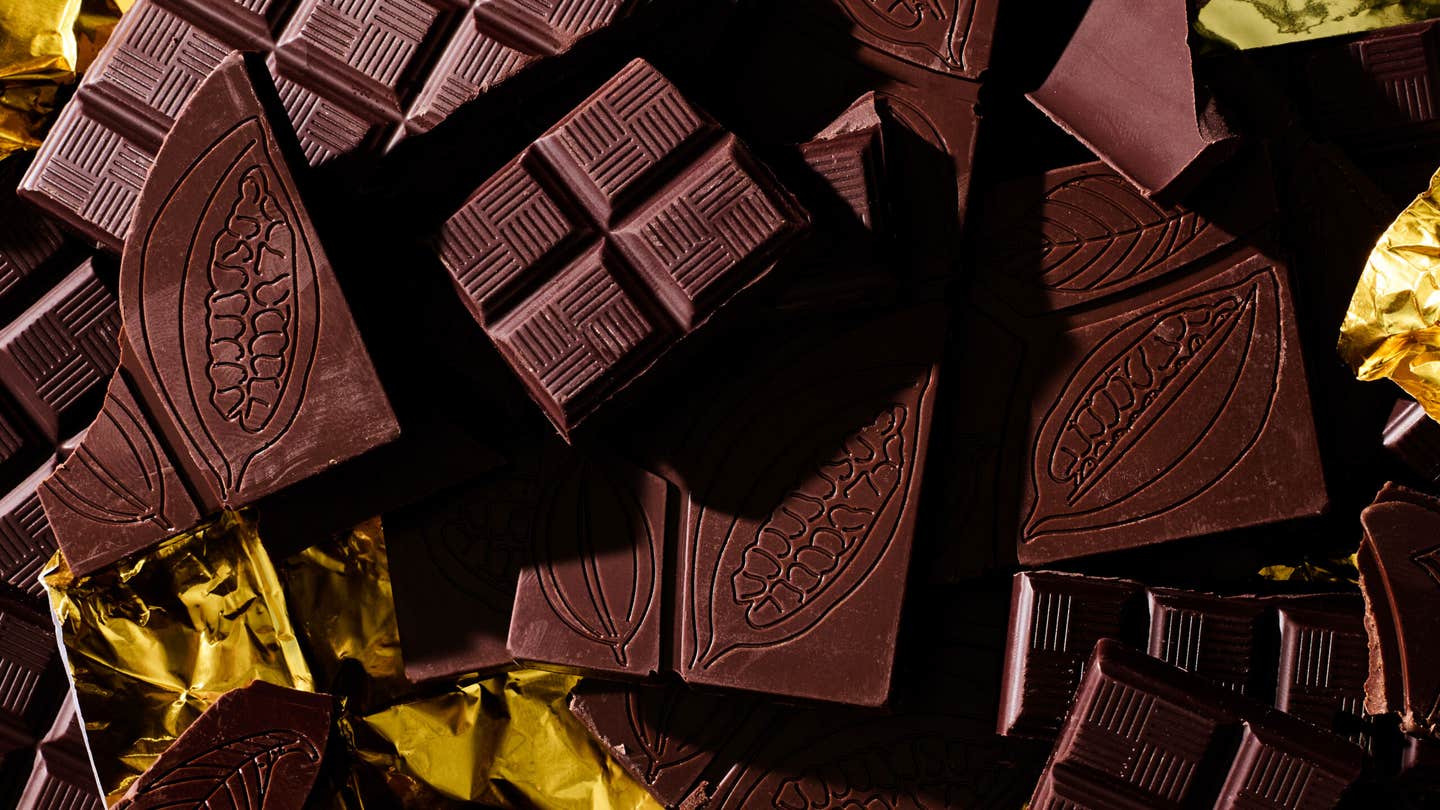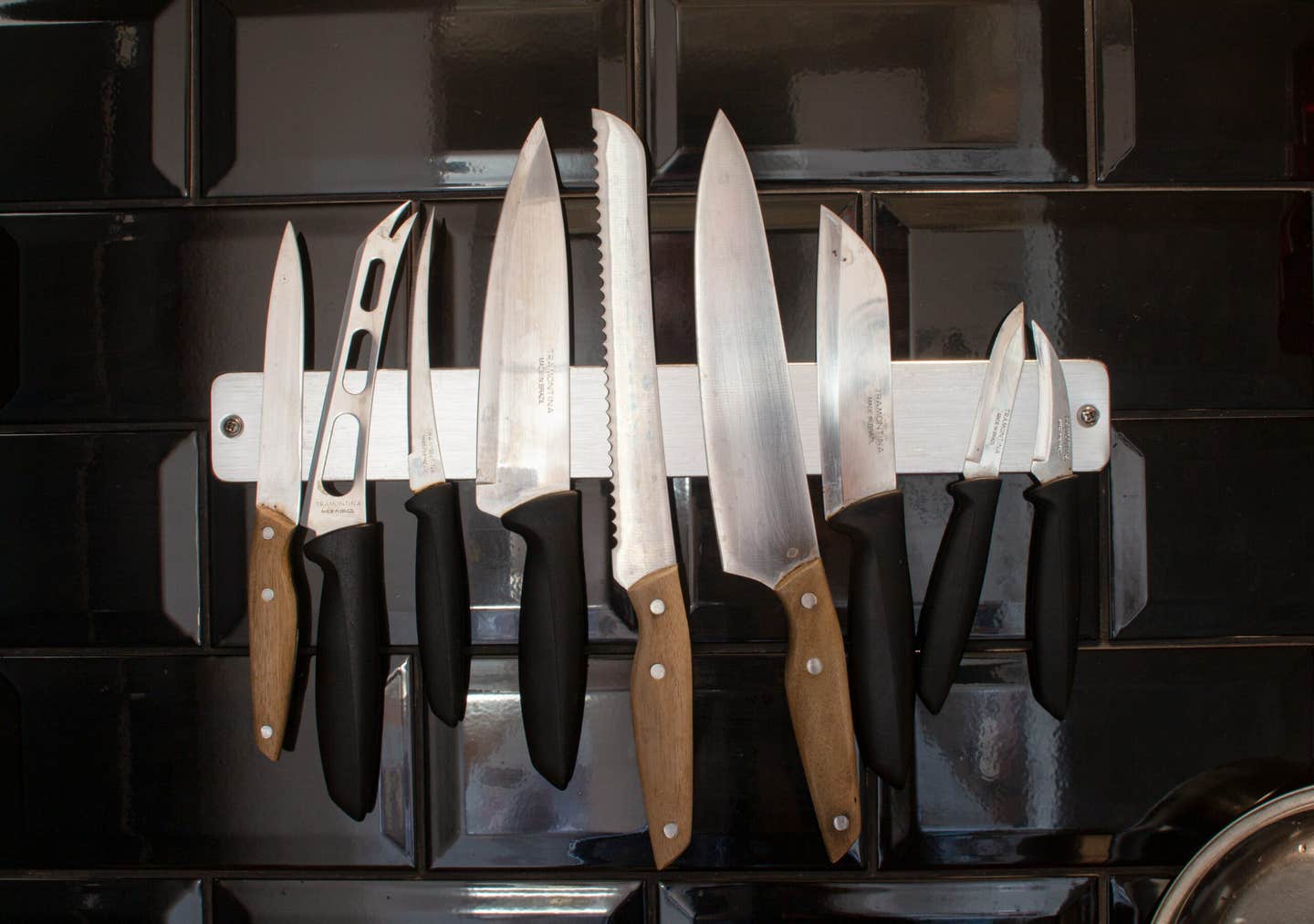
The Best Kitchen Knives, According to Our Test Kitchen
Slice, chop, and serrate your way to greatness with these bona fide blades.
In the SAVEUR test kitchen, there’s ample opportunity to test drive a covetable selection of kitchen tools, perhaps the highlight being kitchen knives. When it comes to style, comfort, and function, many high end brands are worth every precious penny. Whether made in Japan, Europe, or Wisconsin, the craftsmanship of the world’s top bladesmiths is worthy of admiration.
On the other hand, most kitchen tasks don’t require a Ferrari of a blade. Mercifully, there are a number of budget kitchen knives out there that can go head-to-head with some of their most expensive counterparts. Here are a few of our favorites in the most useful categories—at a wide range of price points.
1. BEST ALL-PURPOSE KNIFE [or: Best Overall]: Misen Chef’s Knife, $65
2. UPGRADE PICK: Shun Hikari Santoku 7″, $300
3. BEST PARING KNIFE: KIWI 4″ Paring Knife, $9
4. UPGRADE PICK, PARING KNIFE: Town Cutler Carbon Steel 3″ Paring Knife, $180
5. BEST BREAD KNIFE: Kutler 14″ Bread Knife & Cake Slicer, $20
6. UPGRADE PICK, BREAD KNIFE: Wusthof Gourmet 8″ Offset Deli Knife, $61
7. BEST CARVING KNIFE: Rada Cutlery Slicing Knife, $10
8. UPGRADE PICK, CARVING KNIFE: Shun 2-Piece Carving Set, $265
9. BEST OYSTER SHUCKER: Victorinox Oyster Knife, Providence Style, $17
10. BEST MEAT CLEAVER [or: Artisan Pick] : Mastro.co Custom Korean Cleaver, $175
What to Consider When Shopping For the Best Kitchen Knives
Owning the best kitchen knives means spanning the gamut construction-, size-, and price-wise: you’ll want a few choice investment tools to last a lifetime and some super affordable, effective workhorses you can replace with each move or won’t be too distraught over if lost or damaged. To start, here’s some basic lingo and anatomy worth learning.
Type
The two types of knives you’re likely to hear most about are German (European) style vs. Japanese style. Japanese steel is typically harder and so it can hold a sharp edge for longer, yet it is more brittle and chips easily; German steel, on the other hand, is loved for its durability, but the softer alloy dulls more quickly. Besides blade material, the shapes differ as well.
Handle
While, historically, knife handles were often made of wood, the material has some major issues. Namely, it’s sensitive to water and welcoming for bacteria. Nowadays, handles are commonly made of plastic, rubber, or a wood and plastic resin composite (which has the aesthetic appeal of wood but is far better and safer). There is no universal best when it comes to knife handle material or shape, since it’s a personal, subjective matter of comfort. Consider your own grip, hand size, and strength when comparing handle options.
Tang
The ribbon of steel sandwiched between the handle you’ll sometimes see in a knife’s cross-section from the side is called the tang, though it’s not always visible in plastic or rubber-handled knives. A “full tang” stretches from the tip of the blade to the end of the handle; this is what you’ll typically encounter with high-quality knives because they’re constructed from a single piece of steel stretching the full length of the tool.
Bolster
The area between a knife’s handle and blade is called the bolster. It factors into the tool’s overall durability and strength, counter-balances the lighter-weight handle and heavier blade for better control when you’re cutting, and creates a smooth transition from blade to handle with each knife stroke. Some knives have semi-bolsters, which makes the blade easier to sharpen, while traditional Japanese-style knives have no bolster whatsoever.
Material & Blade
The goal is durability, so as a general rule of thumb, look for a blade that’s hard enough to hold an edge but easy to sharpen. High-carbon stainless steel is the gold standard, because it’s extremely hard, stays sharp, and resists rust or discoloration. Softer steel blades, as is typically found in German knives, dull faster but are less of a hassle to sharpen.
Size and Shape
Consider both your counter space and your cutting needs when selecting a blade length. For example, longer knives work best for single-stroke cuts you’ll want to make while slicing, but chubbier, curvier designs are what you’ll want to reach for when chopping, which entails more of a vertical rocking movement than longer, horizontal sawing. Shorter knives are also often easier to use in smaller kitchens.
Tips for Buying and Using Kitchen Knives
Here are a few of key parameters to skillfully whittle down your knife quest and ensure you’re equipped with a set that’s built to last, and, importantly, is actually comfortable to use meal after meal.
- Size up your knives for versatility: Consider what you’re typically chopping when picking a fresh set of blades to determine the right sizes, and don’t go too small or large;instead choose a range of sizes that will all be useful for multiple tasks.
- Durability is a balancing act: Quality kitchen knives are intended to last;,the most durable blades are hard enough to hold an edge, but still easy to sharpen.
- Can’t decide between Japanese- and German-style knives? Get the best of both with a hybrid shape. There are compelling selling points for both types. For home use and for the widest range of applications, consider a hybrid shape. These all-purpose chef’s knives combine elements of both Eastern and Western styling; perfect for trimming precise strips of fish for sushi, julienne vegetables, or feathery herb chiffonade.
Our Top Picks
Knives are the workhorses of the kitchen, so they should be your most thoughtful investment. Ahead, here are 10 of the best kitchen knives for whatever you’re slicing, dicing, scoring, carving, and chopping up on the regular.
1. BEST OVERALL: Misen Chef’s Knife, $65
Chef Knife Misen
A mashup of German- and Japanese-style cutlery features, in one high-quality package.
Hip crowd-funded kitchenware company Misen (“meez-uhn,” as in mise en place) is upending the way you stock your arsenal by connecting the manufacturer directly to consumer, while giving other high-end brands a run for their money. Their affordable chef’s knife will only put you out $65; it combines Japanese steel, the taper and rock of classic Western-style blades, and an acutely angled edge for a sturdy yet nimble blade that can chop, slice, or butcher through your most ambitious kitchen projects.
2. UPGRADE PICK: Shun Hikari Santoku 7″, $300
There’s a lot to love about Shun’s exclusive collection for Williams-Sonoma. The attractive damascus patterning on the blade is sandwiched over alternating microlayers of high-carbon stainless steel. The overlay provides a bit of texture, preventing foods from sticking during cutting while the layers purportedly wear at different rates, creating “micro serrations” that extend performance between sharpenings. The Hikari’s edge has a slight curve, allowing for a bit of rock; this speeds up tasks like milling through finely chopped herbs or mincing garlic and ginger. The curved birch Pakkawood handle is smooth and comfortable for a wide range of hand sizes.
3. BEST PARING KNIFE: KIWI 4″ Paring Knife, $9
Kitchen Knife Kiwi Pairing
These budget Thai knives hold a precise edge better than many premium brands.
Kiwi Brand is a SAVEUR staff favorite because the blades are lightweight, they come in a range of Asian styles and shapes, and they maintain sharpness more than some far fancier knives. Best of all, they’re extremely budget-friendly. Many of Kiwi’s knives, including this petit chopper are only available with unfinished wooden handles that will degrade with time, though at less than $10 a pop you won’t mind replacing this one in a few years. The blade shape is satisfying, too: most paring knives are intended for working in the air with a “choke grip” and so they’re awkward for use on a cutting board. This little guy has an offset heel like a full-sized chef’s knife so your knuckles won’t hit the board while chopping or slicing; the butt of the handle has a gentle curve for a comfortable grip.
4. UPGRADE PICK, PARING KNIFE: Town Cutler Carbon Steel 3″ Paring Knife, $180
This elegant, American-made paring knife is from the bladesmiths over at Town Cutler. The carbon steel blade requires a bit of babying—left wet or dirty, it will most definitely rust—but if you’re willing to show it some love, it will reward you with a superfine, super-durable edge. The nickel bolster, and brass fasteners are built to last and the ergonomically-designed stabilized wood handle is comfortable and secure in a variety of grips.
5. BEST BREAD KNIFE: Kutler 14″ Bread Knife & Cake Slicer, $20
The best serrations—deep, far apart, and sharply pointed—are key, but also pretty much impossible to maintain, so don’t invest in a pricy serrated blade expecting it to last a lifetime. Serrated knives can be sharpened, but at the expense of the pointed teeth, eventually wearing them down to a straight edge. Fortunately, there are loads of affordable bread knives on the market, like this Kutler option that’s inexpensive and reliable. The long and thin shape is perfect for sweeping featherlight cakes into layers or for shaving thin slices of brioche.
6. UPGRADE PICK, BREAD KNIFE: Wusthof Gourmet 8″ Offset Deli Knife, $61
You might want something with a little more weight if you’re regularly sawing through crunchy loaves of pain de campagne. This option from Wusthof is slightly offset, allowing the user to put a bit more force into their slice.
7. BEST CARVING KNIFE: Rada Cutlery Slicing Knife, $10
Kitchen Knife Rada
Reach for this to make lovely, long cuts through a roast or a side of cured salmon.
A carving knife is probably going to be the special guest star of your block. But having the right blade for the job is a simple luxury that will help you slice through proteins a pro. Unless you’re regularly cooking for a crowd, your slicer won’t see as much use as your all purpose chef’s knife, so long as you’re maintaining a good edge, an inexpensive blade like this one will do the trick.
8. UPGRADE PICK, CARVING KNIFE: Shun 2-Piece Carving Set, $265
If you’re only bringing the carving knife out for special occasions and you want something a little bit showy, upgrade to this slick Japanese set from Shun, designed for shaving paper thin slices of prosciutto de Parma.
9. BEST OYSTER SHUCKER: Victorinox Oyster Knife, Providence Style, $17
No self-respecting New England cook would ever be without an oyster shucker. A good shucking knife should have a textured handle to avoid slippage and a thick, short, sturdy blade. The hand guard style always seems to rattle loose with wear, which isn’t a concern with this Providence-style shucker from Swiss brand, Victorinox. Beginners should protect their non-shucking hand with a thick towel or one of these rad protective gauntlets.
10. BEST MEAT CLEAVER [or: Artisan Pick] : Mastro.co Custom Korean Cleaver, $175
Madison, WI bladesmith Isaiah Schroeder has a background in sculpture, furniture-making, and woodworking and his knives are a testament to his range of skills. Most of his knives are made to order, but Schroeder has teamed up with Mastro.co to offer these fierce Asian-style cleavers. Mastro brings the rough, heavy blades in from a South Korean manufacturer, then Schroeder polishes them up, gives them a corrosion-resistant “San Mai” patina, and refits the blades with his own handcrafted African blackwood and brass handles. The slick cleavers can easily hack through chicken bones while holding an edge sharp enough for more delicate chopping tasks. At $150 a piece, you’ll be hard pressed to find a prettier, more badass blade.
The Advantages of Owning Best Kitchen Knives
As you build out your collection of culinary cutters, a high-low mix is ideal. It’s better to spend more on your bigger, heftier knives than the smaller guys. For example, there’s little practical reason to break the bank on a luxury paring knife. They aren’t heavy enough to warrant top-shelf steel: since they weigh next to nothing, they aren’t prone to breakage when dropped, the nimble tasks they are used for aren’t the sorts to necessitate much heft, and sharpening a 3-inch blade takes very little time and effort.
That said, if you want to treat yourself to a fancy blade without dropping a chunk of change, paring knives have the most attainable entry point. It’s wise to keep one or two reliable, cheap-o options on hand that can withstand a run through the dishwasher while stashing that snazzy custom mini away for more delicate tasks: butchering small birds like Cornish hens and squab, separating fragrant strips citrus zest away from the bitter pith, and coring juicy strawberries and tomatoes.
Keep Reading
Continue to Next Story
